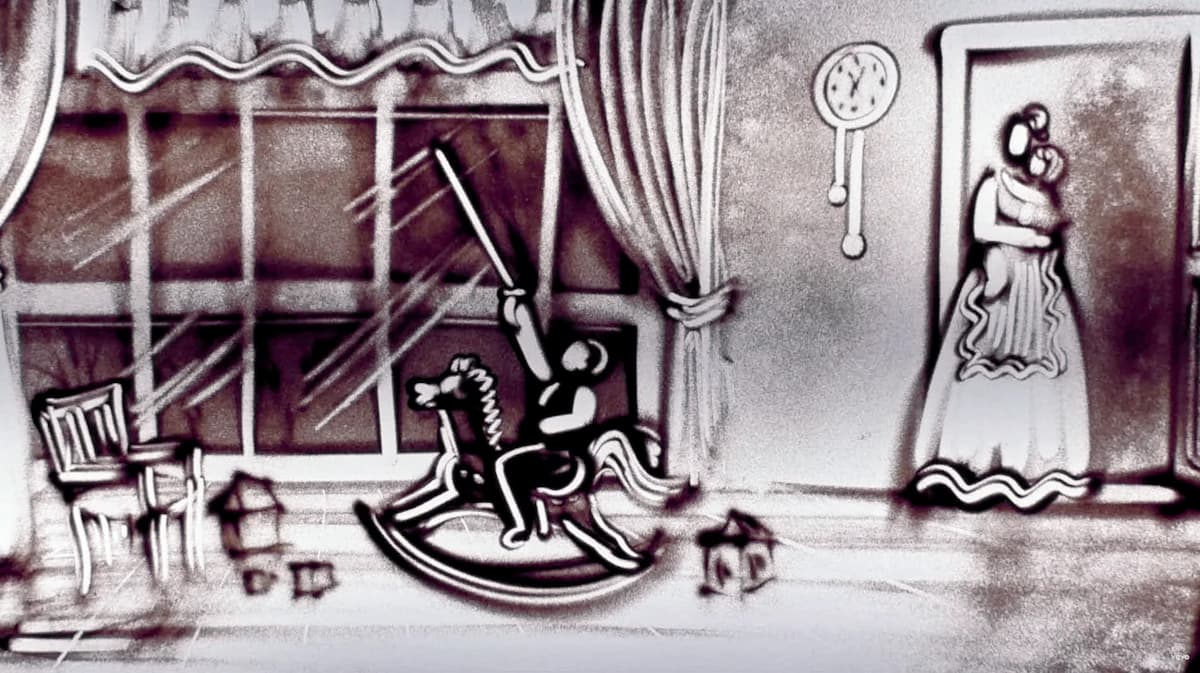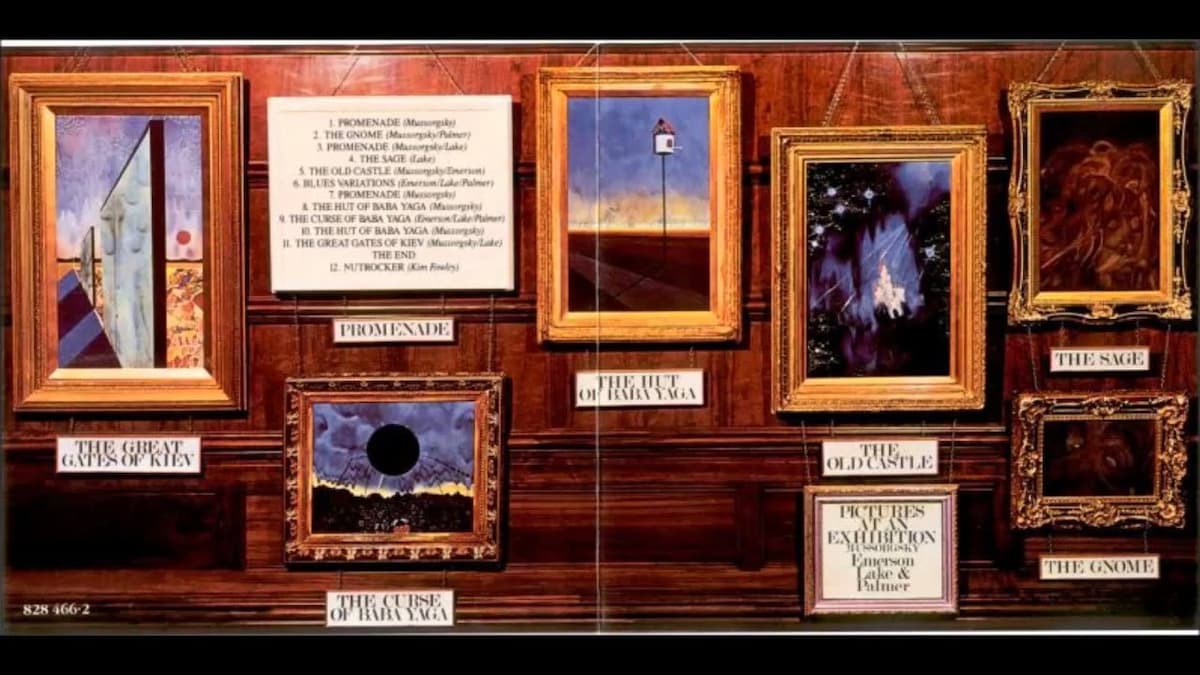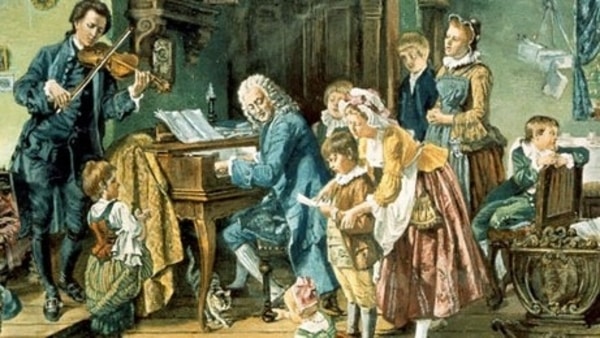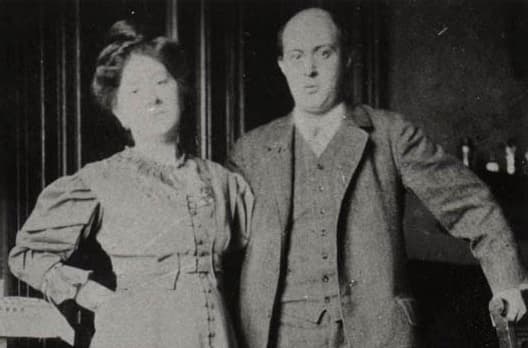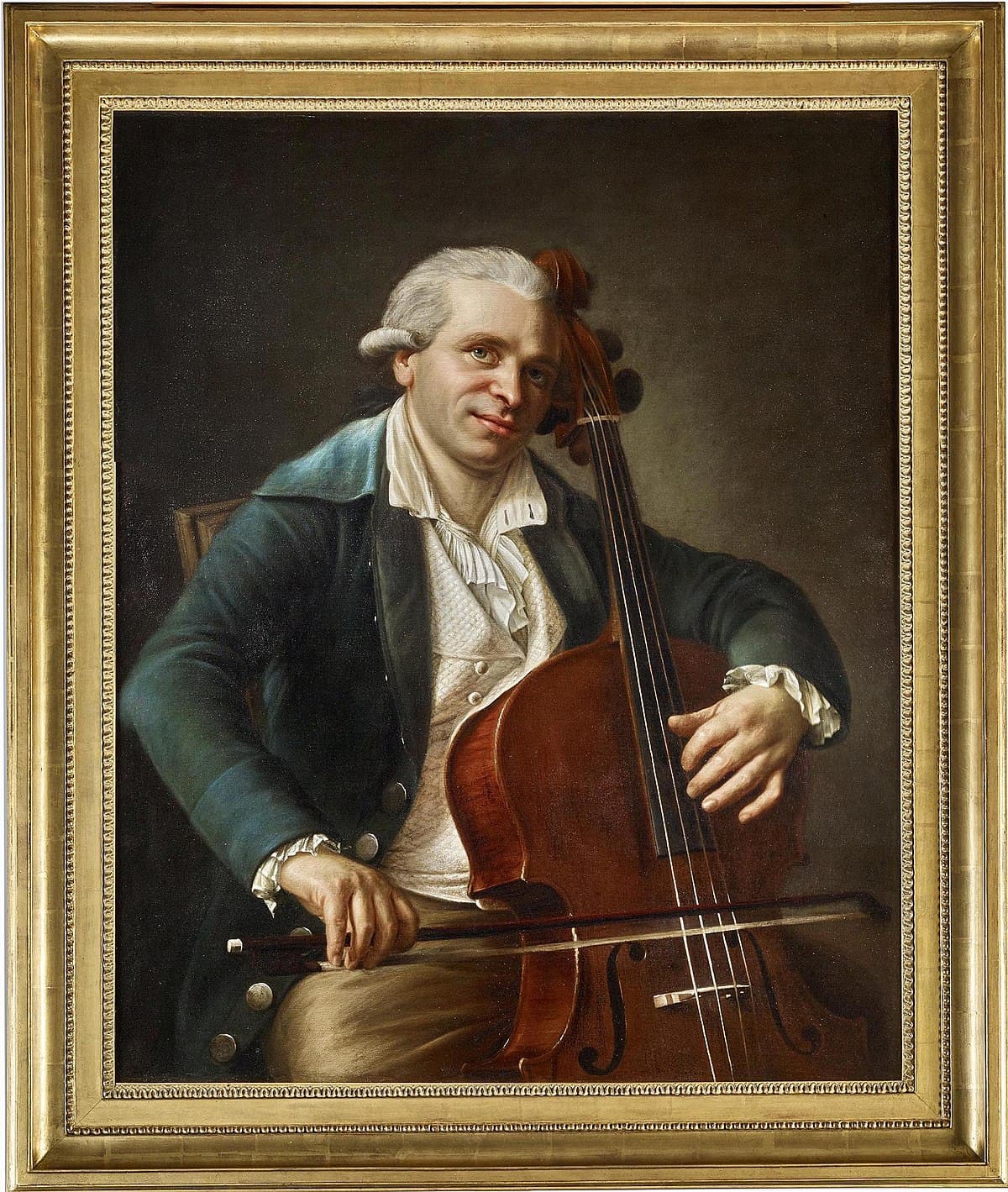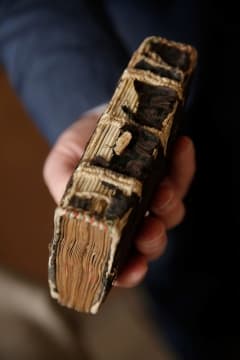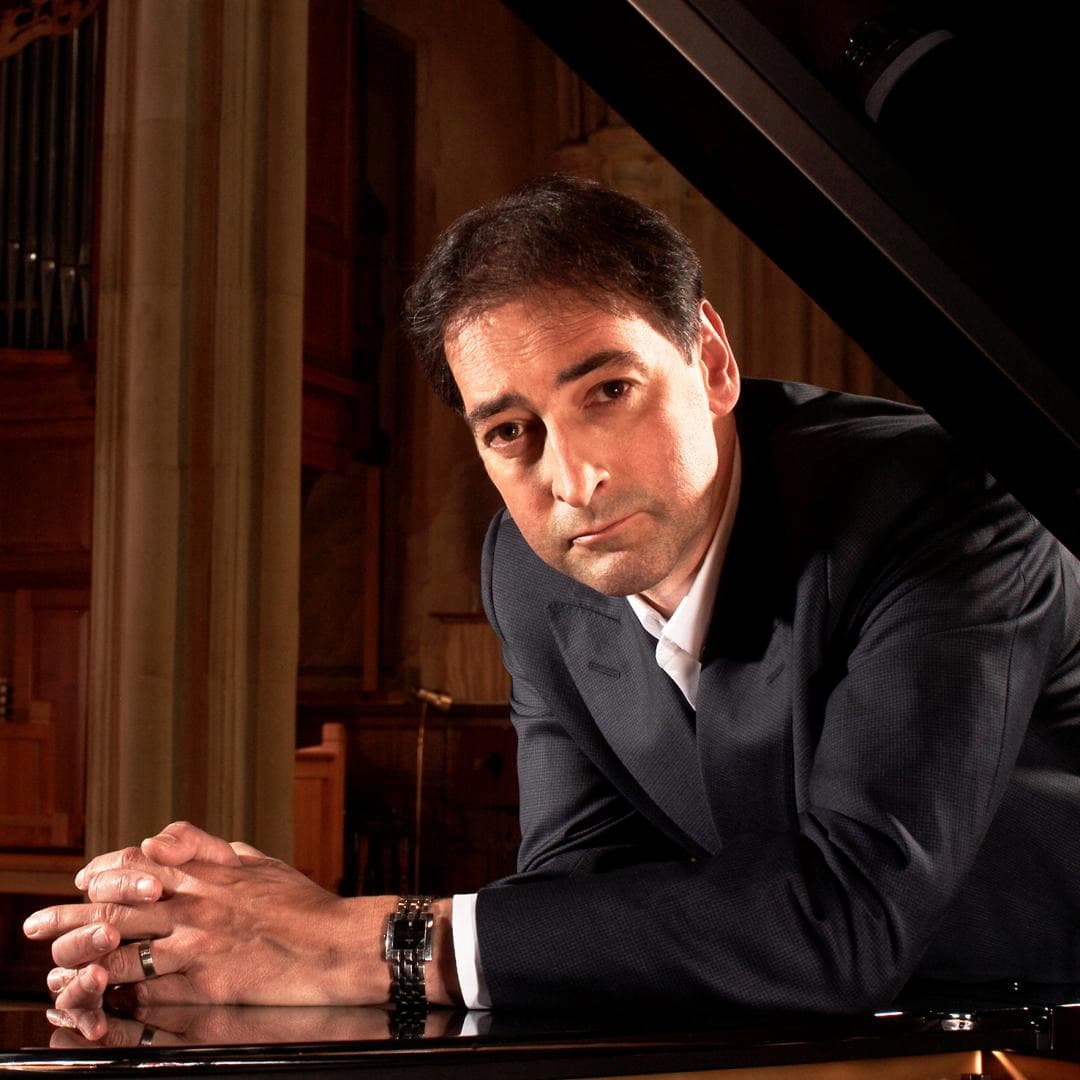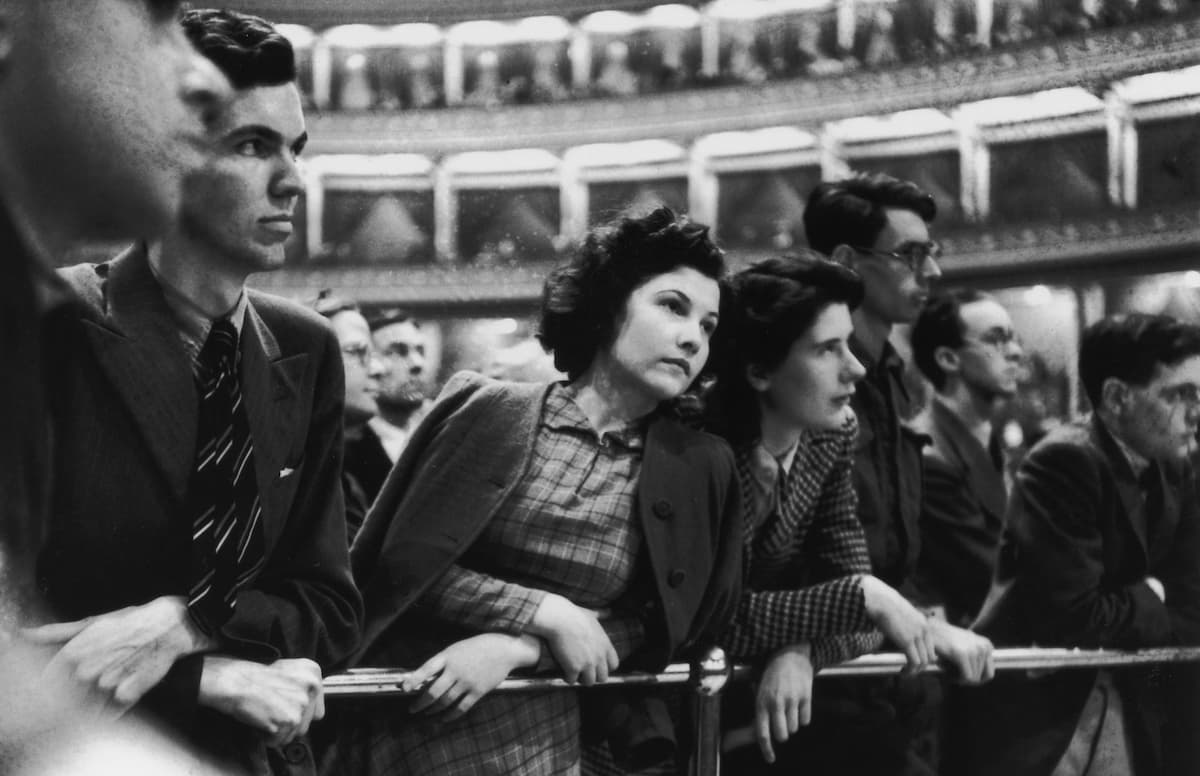Life for Tchaikovsky in the late 1870s was fraught: his short-lived marriage was disintegrating, his suicide attempt was unsuccessful, and his doctor looked at his nearly mad patient and ordered him off to the countryside for a complete rest. Financial
Blogs
Modest Mussorgsky’s walk about a picture show, Pictures at an Exhibition, started life as a piano suite in 10 parts with a recurring Promenade part as the viewer moved from picture to picture. Written in 1874, it is based on
Johann Sebastian Bach is, of course, one of the most beloved composers of all time. He’s also famous for having fathered twenty children. A few became famous composers in their own right…but many of them died tragically young, too. Today
The most familiar accompaniment to the voice is the piano, or in earlier days, the guitar or the lute. Putting the voice with larger ensembles runs the risk of drowning the voice in the volume of the other instruments. One
Have you ever wondered what the most expensive cello in the world is, and what its story might be? Today we’re taking a look at the history of the Duport Stradivarius…and why we don’t even know for sure where it
In 2015, a 15th-century parchment book of songs was discovered and in the book were 12 previously unknown songs. All were given without attribution but modern scholars examining them have discovered links with works of many of the greatest composers
Celebrity impressionist, comedian, and actor turned pianist Alistair McGowan has launched the inaugural Ludlow Piano Festival, which takes place between 24 and 28 May in the beautiful, historic town of Ludlow, Shropshire, England. Alistair McGowan: The Piano Show This new
A nerd is a person seen as overly intellectual, obsessive, [or] introverted…. Such a person may spend inordinate amounts of time on unpopular, little known, or non-mainstream activities, which are generally either highly technical, [or] abstract….to the exclusion of more

